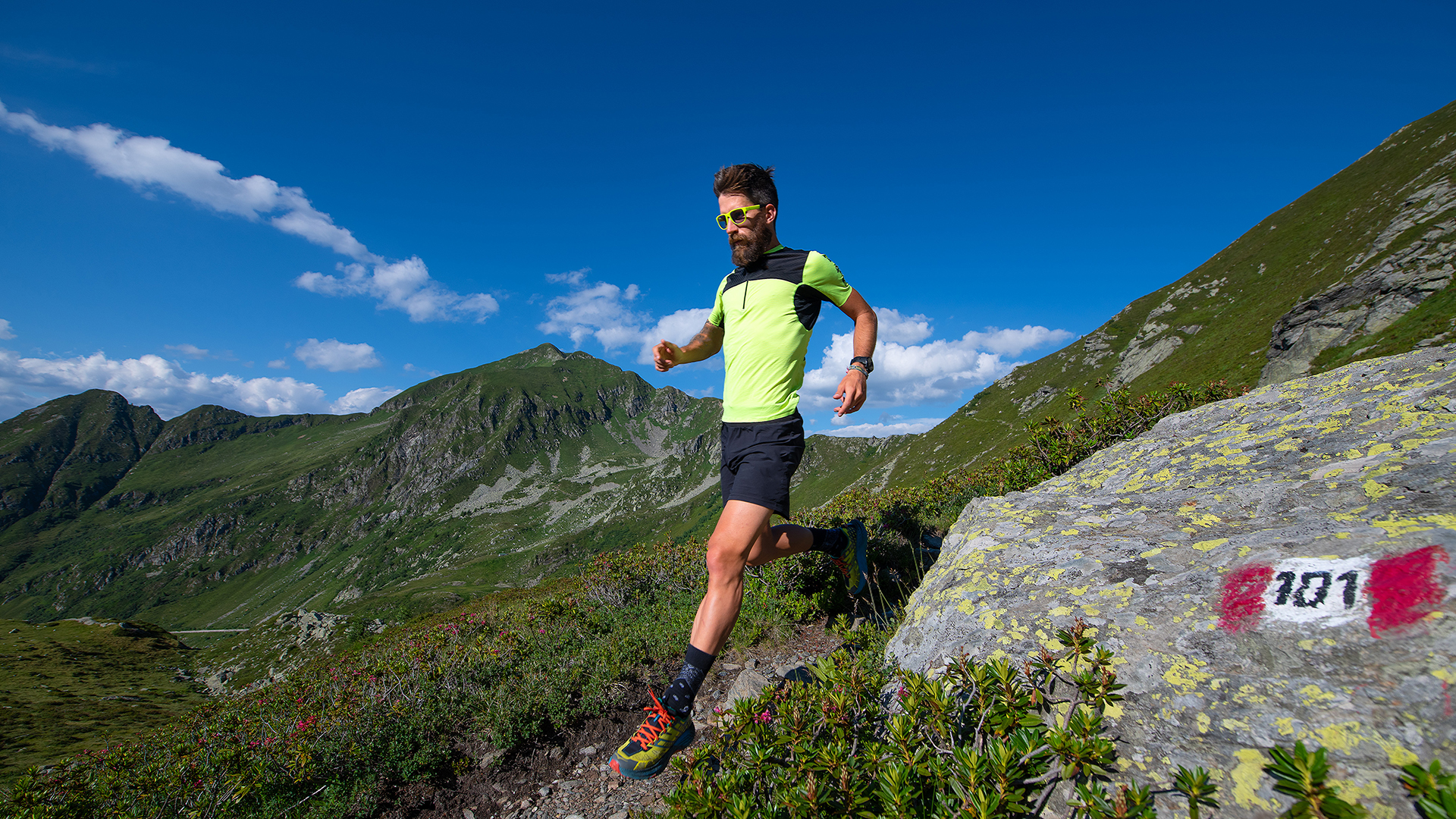
Imagine if there was a way to get a lot faster at trail running and maybe even gain a few race places without having to get much fitter. It probably sounds too good to be true but you've come to the right place.
Yes, we're talking about the skill of downhill running – off-road, over the rocks, through the long grass and into the slippery mud. Unlike uphill trail running, which mainly involves building your fitness to gain speed, when downhill running many pros talk about relaxing, being playful and enjoying yourself, while overtaking less-skilled downhill runners in the process.
Here’s are the top downhill trail running tips from pro athletes including Kilian Jornet, Holly Page, Sage Canaday, Vic Wilkinson and Andy Symonds.
1. Relax
"You can see people tensing up," says Holly Page, pro mountain athlete for Adidas Terrex. "When I was doing this trail running workshop I would say to people, 'Just relax; relax your shoulders, relax everything.' Run with little steps, think about being light on your feet and that will help you not to tense up. The more hills you do, the stronger your legs become. Have faith – your legs will hold out even when they’re tired. They're not going to give way even if you feel like they are. And the more hills you run, the more you’re going to build up that natural strength in your legs. I've been something like 15th on the top of the hill in a race and then fourth by the bottom of it. It's quite demoralizing for the people who have worked really hard up the hill to be overtaken by someone with no brain running down the hill! But it's quite nice being that person running down the hill."
2. Build confidence first
"Find the downhill surface you're most comfortable on," says GB mountain runner Georgia Tindley. "Some people like scree, some people like grass. Once you've practiced and got confident on those you can move to the other surfaces that you're less confident on and slowly build up from there. On scree and mud you can just slide with it, you don’t have to think too much about where you put your feet because there's nothing to break an ankle on. But then the rockier it gets, you have to be careful where you put your feet and work on your balance a lot more."
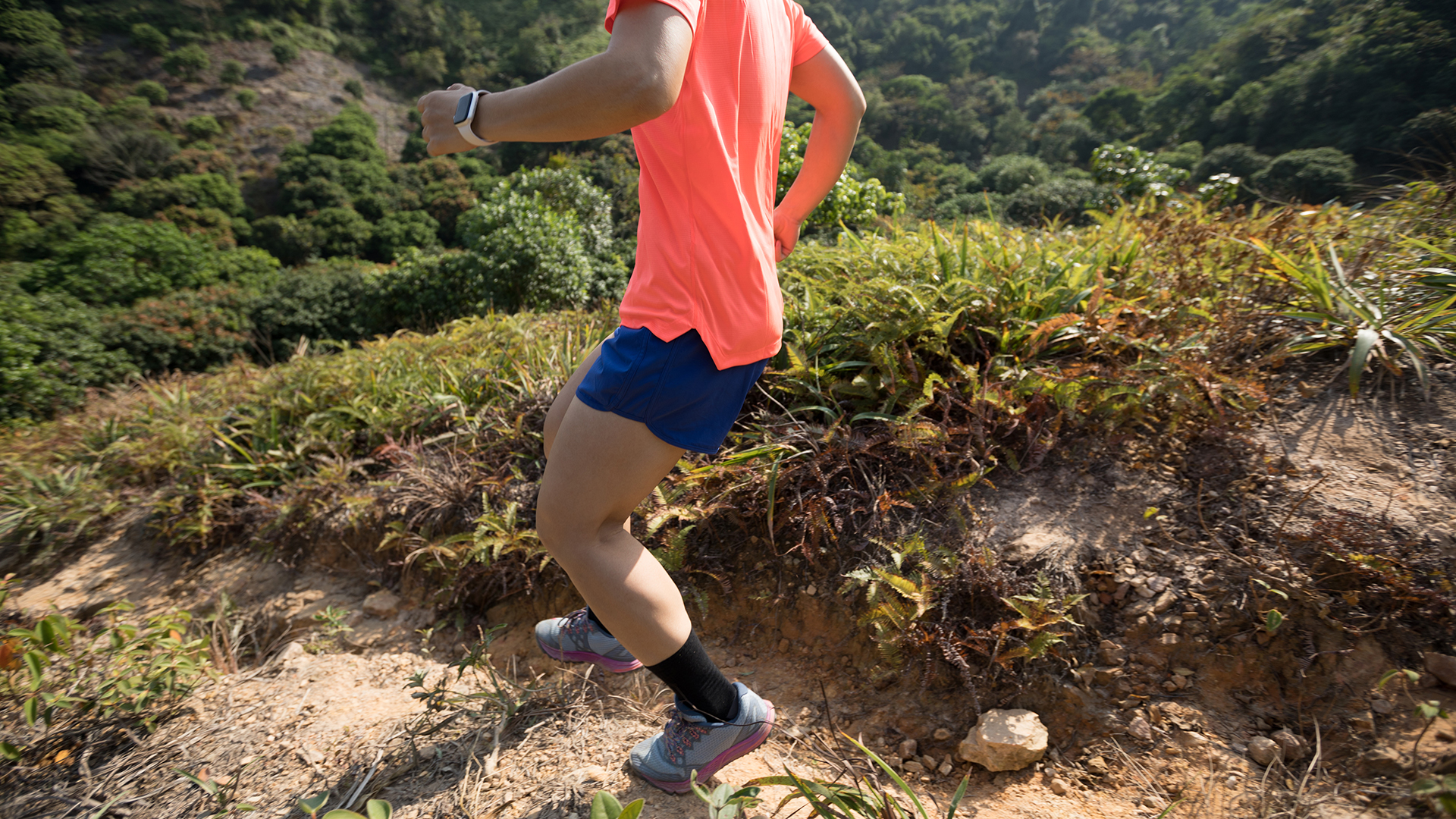
3. Unleash your inner child
"When I run downhill it awakens the little child in me," says Marc Lauenstein, former Swiss national team orienteer. "I try to float and find the flow and accept the downhill and play with it. It's going too fast to think about it, so the moment you try to do things right it's over! You've really got to go with your instinct, your animal instinct. Awaken your animal instinct and then it's fun and a good way to feel like a little child."
4. Wear grippy shoes
"Make sure you've got the right sort of footwear on with the right amount of grip," says Martin Bell, outdoor sports photographer and former retail manager at Ellis Brigham Aviemore. "If you're going downhill and it's muddy you need deep lugs on your trail running shoes, otherwise you'll be slipping and falling over every two seconds." Check out our buying guide for the best shoes for running in the mud as well as more slippery surface advice, or our roundup of the best trail running shoes for tackling all terrains.
5. Practice, practice, practice
"Do a lot of downhill running," says Kilian Jornet, legendary trail and ultra runner and co-founder of NNormal. "And do a lot of different types of downhills too, like rocky, muddy, steep. Just spend hours and hours and hours running them. Yes, you can train the muscles but I do not think that will really help you for the technical aspect of the downhills – you just have to spend a lot of hours in the mountains. Try running downhills that are grassy with rocks in between, very rocky, slippery, muddy, so you learn where to put your feet so you don’t twist the ankles. You also need to look where you go so the visualization is also very important. Try closing your eyes. Look at the next 10m and then close your eyes and try to remember where are the rocks and things." More regular runners should probably start with 2m rather than 10m for this one!
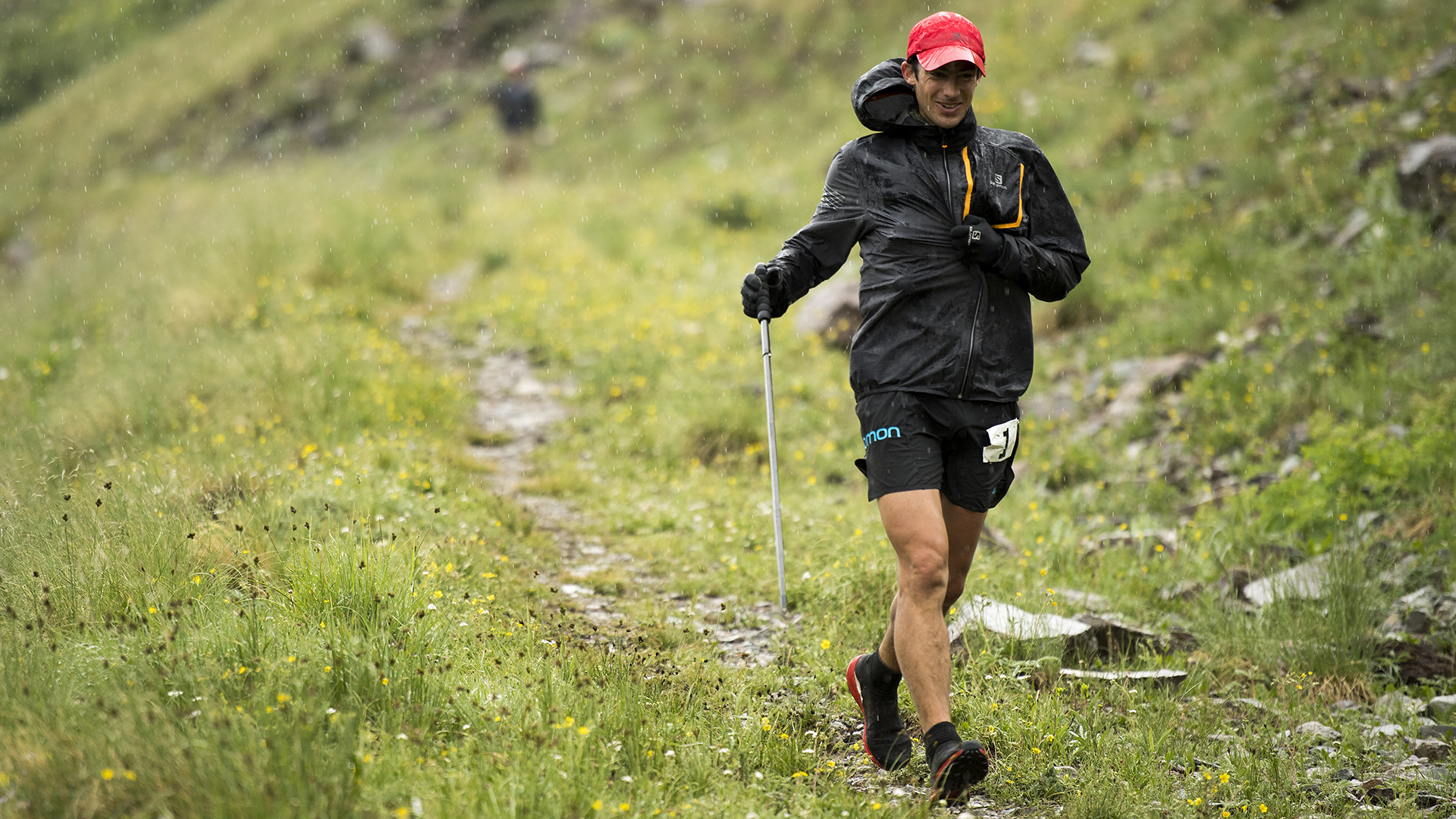
6. Train your quads
"I think everyone can improve their downhill running – there’s some natural talent but a lot of it's mental, like how much risk you want to take, and training the quads to withstand the pounding too," says Hoka pro athlete Sage Canaday. "My motto is always to try not to fall and get stitches and hurt myself – no big injuries, but you've got to go fast! So it's a learned skill that I think you can improve, and I'm still doing so. That’s my weakness so I've got to work on it. Exercises to strengthen the legs for downhill trail running would be single leg squats, lunges, squats, side lunges, balancing on a stability ball, sit-ups to work on the core… Skiing probably helps too, because you're shifting your weight from side to side."
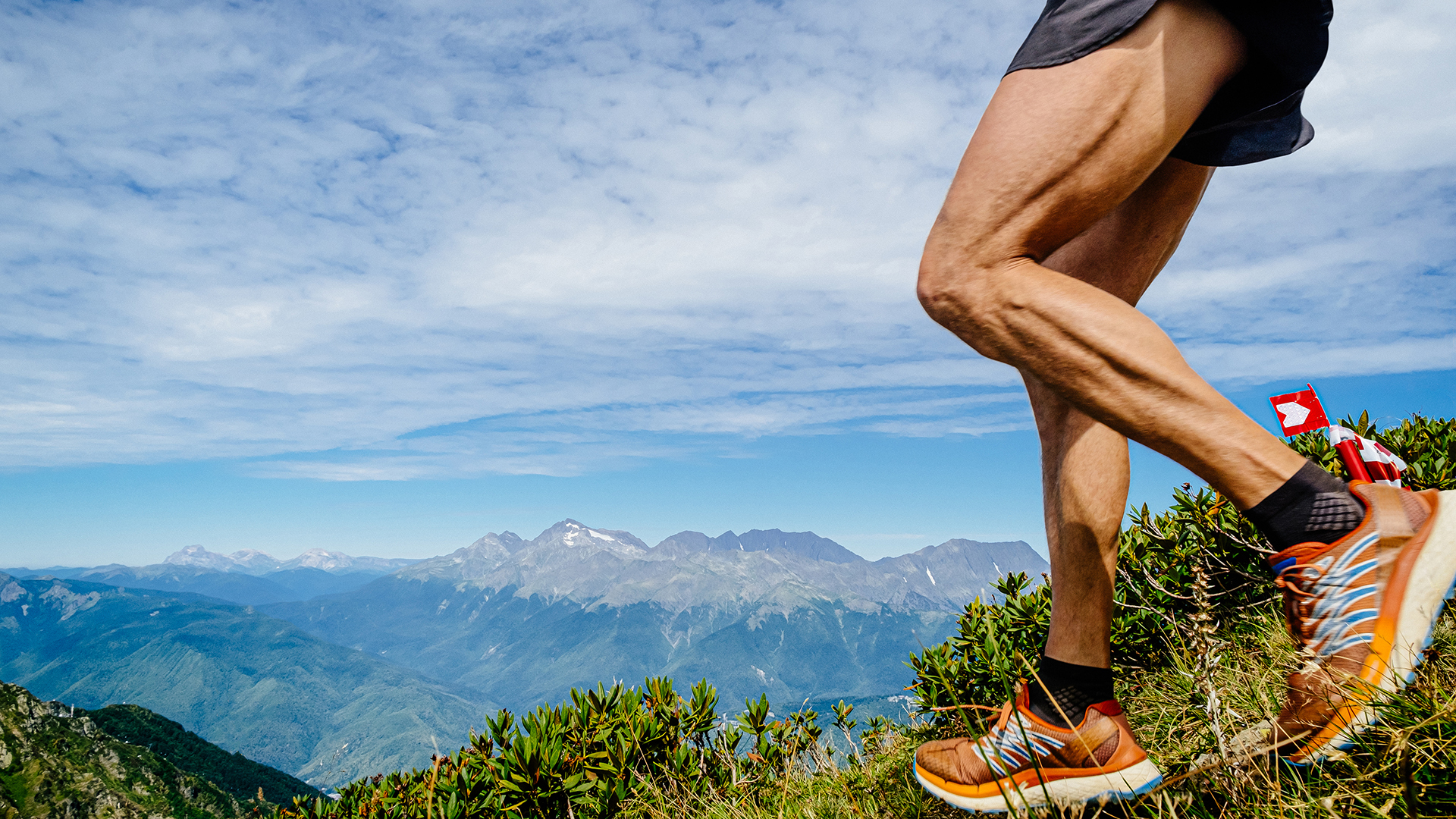
7. Best body position?
"Downhill running you've got to change your body position the whole time, it's a bit of a balancing act," says Andy Symonds, Scott pro athlete. "Lean forwards a bit if you can, but if it's too steep then not too much otherwise you will go too fast. And if it's smooth enough and you really want to throw yourself down you can have the arms out and do a bit of windmilling with them, that throws the momentum forwards, that's a good tactic – but if it's really rocky and rough then you might not want to be doing that because you might hurt yourself! Sometimes I imagine myself as if I'm on my mountain bike, like a downhill mountain biker just enjoying the flow."
8. Strengthen your ankles
"When I had a really bad twist I taped up my ankle to race, went more slowly and had to be a lot more careful than normal about where to put my feet," says Salomon pro athlete Tom Owens. "To strengthen your ankles you can stand on one leg and shut your eyes, which also works on your balance. Do this while you're brushing your teeth or boiling the kettle."
9. Do short races
"Short fell races of around 3-4 miles (taking about 30-40 mins) I find are the best thing to do because the adrenaline takes over and you stop thinking so much about what you're doing," says Sally Fawcett, Dark Peak Fell Runner and physio specializing in running injuries and rehab. "The more that you naturally do it rather than thinking about the footfall, the quicker you progress on with the downhill. I was once told, 'Three years of fell races and you'll get the knack of it,' but I still find it really difficult on the downhills because I'm just thinking about it too much. The less you can think about it and the more you can just sort of fall down almost, the better! Get that more uncomfortable, fast, blast of a few years of short fell races where you can really go hell for leather and that seems to work."
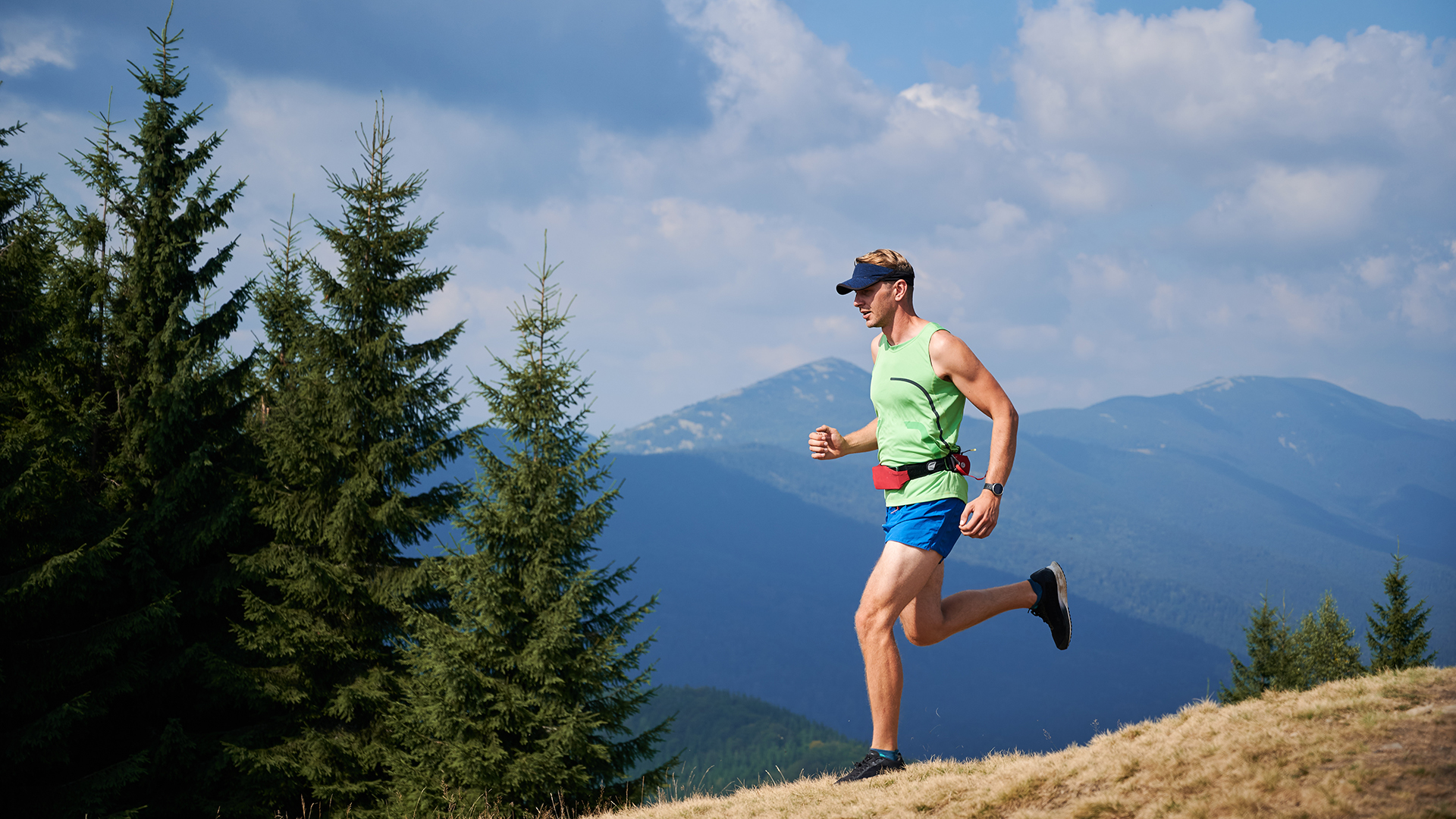
10. Fast feet
"My number one tip is just fast feet," says Hector Haines, endurance athlete and head coach of Team Sweden Ski-mountaineering. "Move your feet as fast as you can and let yourself flow, look 1-2m ahead of yourself and find that flow. Keep mentally strong because if you start to get tired mentally and lose your concentration you're going to start tripping and stumbling. And in a race, always look up to see the next person in front. Use them to help you take the better lines; if you see they went a little bit further than they had to, you can cut down and get on their back. And when you pass someone, make sure you do it properly; go past at full speed and make sure they're demoralized so they don’t come back at you."
11. Go your own way
"Don’t just follow everybody else, because there's usually an alternative, and even if it's only 5m off the racing line it might be a little bit better," says Vic Wilkinson, Bingley Harriers fell runner and Three Peaks Race ladies' record holder. "Keep looking ahead and plan ahead – it could be cutting a corner or, I don't always do it, but if you've got a zigzag path you might cut the corner a little. But just be aware of different lines."
12. Never give up
"Perhaps the best tip is never give up," says Andy Symonds, "because you can actually gain a lot of ground on people going downhill. In Kima Skyrace 2018 I was 8th at the top of the last hill, five minutes behind the guy in front. I got him with a kilometer to go, so even if it seems like a long way you can sometimes gain a lot of time downhill, just as much as on the uphills. If you're still feeling fresh at the top, give it some!"
13. Take advantage of the terrain around you
"I was brought up in Cumbria in the north west so I've done quite a lot of fell [mountain] running,” says Andy Symonds. "I think that's a bit of an advantage because it's basically like spending your whole life training to run downhill. Then if you move to Europe and do more trail racing and Skyracing abroad you find that on the continent they're not so used to throwing themselves down techy stuff so it's a bit of an advantage. In Europe the trails are usually harder, more stable, set paths whereas here there are more surprises. Here, sometimes you put your foot down and it keeps going down when you thought it might stop, depending on whether there’s a hole underneath or whether it's grass or tussocks. In fell running you're not necessarily on the footpaths, you just go down whatever's in front of you, whether it's grass or mud or rock."







